SEPTEMBER SONG—2023
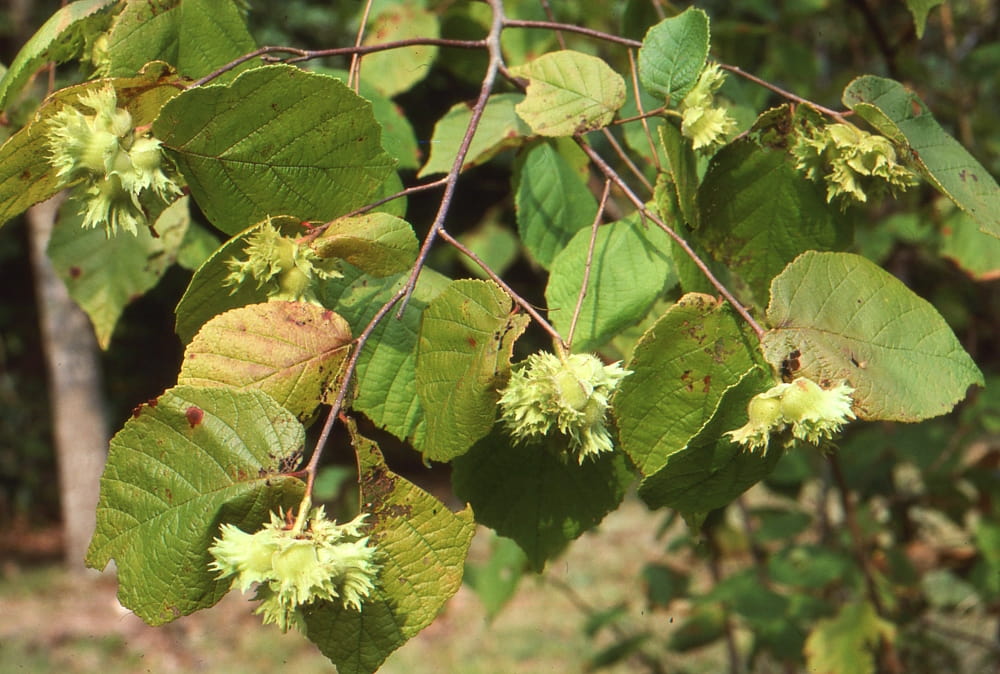
Looking back on Septembers of long ago, several things compete for attention in my muddled mind. There’s realization that for all the myriad of outdoor wonders punctuating my youth, there were also appreciable gaps. For example, the area of my raising, North Carolina’s Great Smokies, did not have enough “big fields” agriculture to support an appreciable population of doves, and I never had the unbridled joy of a first-rate, popcorn popper of a dove shoot until I was in my 30s. Similarly, there were virtually no waterfowl in my highland homeland (that has changed to some degree, although the prolific poop producers known as Canada geese but sometimes more aptly called sky carp are the main difference), so I never did any of that type hunting until well into adulthood.
On the other hand, there was one aspect of boyhood Septembers I was figuratively (and literally) nuts about. That involved a huge interest in nature’s ample bounty in the form of wild nuts. There were three primary focal points for my attention—hazelnuts, hickory nuts, and black walnuts. There was also marginal interest in chinquapins, beechnuts, and white walnuts (butternuts), along with an inadequate substitute for the all but vanished American chestnut in the form of two Chinese chestnut trees that grew on our property.
September signaled time to start paying meaningful attention to nuts for various reasons. Their whereabouts and the abundance of the year’s mast crop merited observation. All of the nuts drew squirrels predictably, and marking out heavily laden nut bushes or trees was, in effect, a scouting effort for the upcoming bushytail season. Knowledge of a ridge lined with hickories loaded with nuts, or a fence row where numerous walnut trees were laden with mast, meant a major head start when it came to prime places to hunt.
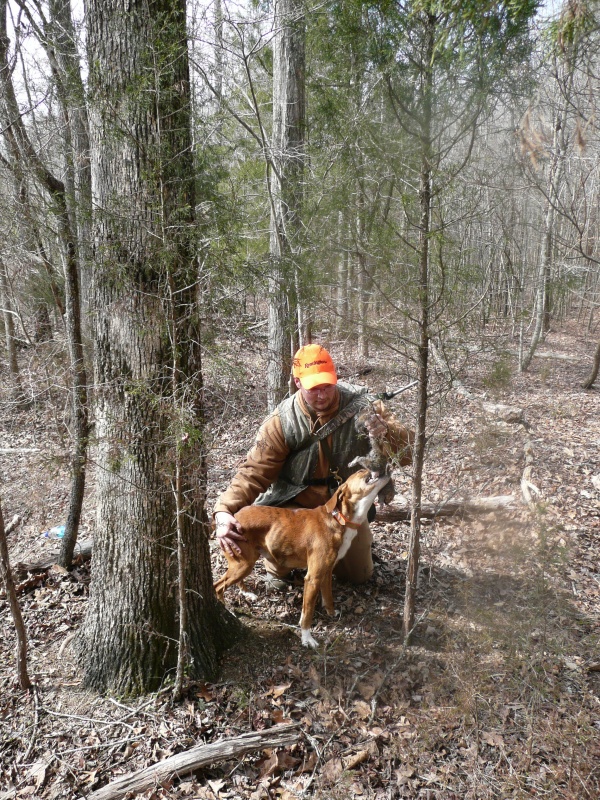
There was also the significant consideration related to human consumption of the nuts as opposed to bushytails enjoying the mast. Momma welcomed hazelnuts as the first of the native nuts to mature, and black walnuts were a regular part of our autumnal ritual as a family. They were gathered, allowed to dry in the Indian Summer sun, the husks then removed, and eventually cracked. The final step of picking out the meats was often a family activity on evenings in late fall. After all, Momma needed plenty of the wonderfully tasty nuts for things such as her indescribably delicious applesauce cake, oatmeal-raisin-nut cookies, and date nut bars.
Other nuts received less attention. Both hickory nuts and beechnuts (the latter “made” only once every three or four years) are delicious but too much trouble to deal with other than as a field snack. Mind you, Native Americans made great use of hickory nuts, and perhaps that’s a testament to their patience and elemental way of life as well as something that raises a question mark about goodness from the good earth and the time needed to procure it versus a way of life that doesn’t involve direct growing or harvesting of what one eats. Much the same held true for chinquapins and butternuts. Both were relatively scarce, even in my boyhood, and thanks to disease that has become even more the case over the course of my lifetime.
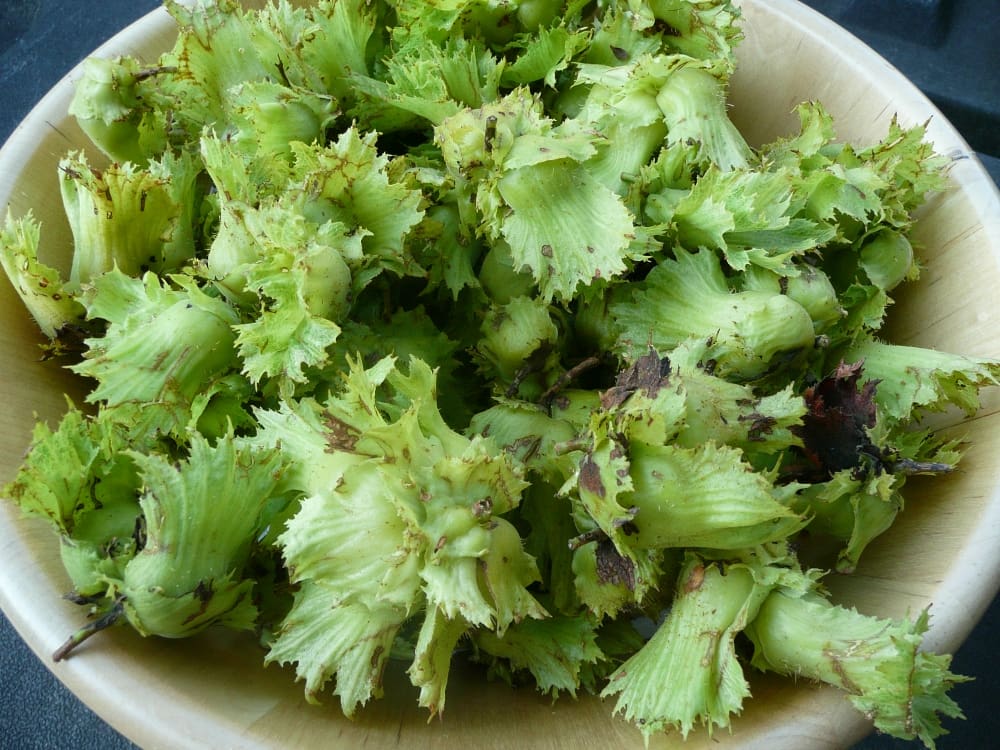
At this season of the year, while I had solid focus on all the wild nuts, hazelnuts garnered the earliest attention. That was for the simple reason that if you weren’t on red alert, what looked like a bumper crop one week would be completely gone the next. Once squirrels located and started cutting on a patch of hazelnuts, they would work on them until the last nut was gone. The solution was pretty simple—you needed to harvest the nuts, still in the green casings that wrapped each individual nut, and allow them to dry out in some place where squirrels couldn’t get to them. Once the protective covering to the nuts turned brown and opened to reveal them, you could separate the nuts and crack them at will. Hazelnuts, in addition to being quite tasty, had a couple of other virtues. Properly cracked they always yielded a whole nut, and you almost never found one that had been invaded by a worm.
Hazelnuts have such a distinctive, delightful taste, one that is of sufficient piquancy so that a few kernels go a long way. They can not only be eaten by themselves raw as a snack; hazelnuts can be toasted, used in various types of desserts, or even utilized to give a distinctive flair to salads. All of this month’s recipes feature hazelnuts (see below), and if you don’t have access to wild hazelnuts, the larger domestically grown ones begin to show up in stores a month or two before Christmas.
In my youth, the beginning of what I liked to call the “nut season” signaled other activities of delight were either at hand or would soon arrive. Fox grapes, the basic ingredient for some of the finest jelly ever to adorn a cathead biscuit, awaited harvest. Today precisely the same holds true for the four dozen or so muscadine vines I have (with perhaps 20 varieties) on my property, and whenever I gather a bucket of them my mind goes straight back to boyhood, picking fox grapes (eating some at the moment but saving most of them for a run of jelly) where the vines grew along branch or creek banks. Similarly, when I gather Chinese chestnuts (I can usually get about one for every four squirrels enjoy, but that’s enough to perpetuate the family tradition of chestnut dressing at Thanksgiving with plenty of nuts for other uses), my mind drifts back to the delights of stumbling across a hillside covered with chinquapin bushes. These were usually in fire scalds and would produce for only a few years before the same disease that affected native chestnuts killed them.
All of these aspects of a mountain boyhood had one thing in common—they got me outdoors and placed me in my element. In that regard I could have asked for nothing more in my developing years. I had woods without end to wander while hunting or harvesting, with the only real limitation being how far shank’s mare (or maybe my trusty bicycle) would carry me from home, creeks to fish or in which to swim within walking distance, and a whole world of natural wonder at my doorstep. There were ripening maypops (sometimes called wild apricots) to eat, pawpaws to pick, and a bit later in autumn persimmons and the meat of honey locust pods to enjoy. Who needed boring inactivity, where participation is in effect passive and removed from reality, such as computers, video games, smart phones, and the like? I had the ultimate type of recreation—the world of the outdoors—and it was real. That grand realm, with its endless wonders, was where I listened to September’s song, with the music a heady blend of jar flies buzzing, grasshoppers tuning up in the midday sun, squirrels barking high up on a nearby ridge, katydids swelling in chorus at eventide, and numerous species of birds offering solos as one daylight hour gave way to the next. They uplifted my soul and made my heart sing. All of that—and as a bonus you knew hunting season and the glories of October were just around the corner. Who could possibly ask for more? What I would ask though is whether today’s youngsters have it better, when it comes to entertainment, than I did. Methinks not.
JIM’S DOIN’S
As I indicated would be the case in the August newsletter, I’ve stuck a gnarly, callus-laden old man’s toe in the literary waters of humor. My first effort, intended to be part of an ongoing series, launches “The Misadventures of Mollygrubs Messer.” I promised to share the opening salvo in what is a new genre for me, and the piece is offered in full below. “Sporting Classics Daily,” an on-line publication operating under the umbrella of Sporting Classics magazine, will be publishing the unfolding series. It shares tales of woe and wretched wonderment associated with a character named Mollygrubs Messer. Or, to be strictly accurate, “Mollygrubs” is a nickname. It’s a word from Southern Appalachian English that refers to a state of depression, gloom, despair, or being down in the dumps. Alas, our anti-hero has a pronounced penchant for finding himself the butt of jokes, the unfortunate victim of pranks, or sometimes just misadventures strictly of his own making. That in turn explains his moniker.
The series, like most fiction, has a solid underpinning of fact. Every episode includes at least a modicum of truth drawn from my personal experience growing up with an unlikely, sometimes unsavory, but invariably interesting cast of characters. There’s a bit of autobiography, but most of the material comes from situations I observed first hand or knew about rather than experienced in person. The inaugural column is offered below in full, and if you want to follow Mollygrubs’ misery-laden path, new episodes will appear every fortnight or so on “Sporting Classics Daily.” The “Daily” is free and offers all kinds of interesting reading from fine writers, along with outdoor-related news of note, in each issue. To sign up, simply visit www.sportingclassicsdaily.com and indicate you’d like to be added to the e-mail list.
**********************************************************************************
THE MISADVENTURES OF MOLLYGRUBS MESSER
THE BEGINNINGS OF A BUFFOON
The parents of the newborn lad who would in time be known to one and all as Mollygrubs Messer most assuredly did not dub their offspring “Mollygrubs,” a quaint word widely used in the Southern Appalachians of the boy’s birth to describe a state of depression or despair. Indeed, in a moment of what some of their neighbors and kinfolk variously described as “getting too big for their britches” or “above their raising,” the proud couple named what would prove to be their only child W. McGillahaney Messer. The “W” didn’t stand for anything, although years later more than one wag would suggest it was short for “Worthless,” while McGillahaney was a singularly ill-fated attempt to endow the infant lad with an aura of importance.
All parental efforts at elitism notwithstanding, by the time the rather chubby, good-natured but extraordinarily gullible youngster entered grade school his lot in life had already been cast. Or at any rate the moniker that would dog his footsteps through the years in much the same fashion that a dark cloud always hovered over the head of cartoonist Al Capps’ forlorn figure in the “Li’l Abner” comic strip, Joe Btfsplk, was firmly in place. An old codger in the little town where the boy grew up, having observed his bumbling, fumbling ways for some time, pithily opined: “That young fella’s just a mobile case of the mollygrubs.” The moniker stuck as if divinely ordained.
Undoubtedly some of the problems lay with his doting parents. His mother thought her offspring should be a reincarnation of Little Lord Fauntleroy with interests in ballet, playing the piano, fine art, and the like. His father, to the contrary, envisioned the boy as a budding sportsman combining the finer traits of Daniel Boone, the Mountain Men, great African hunter-explorers, and Theodore Roosevelt. Thus the lad was tossed and turned, almost from the cradle, between two dramatically different worlds. Small wonder everyone called him Mollygrubs.
One of his first major misadventures came as a result of membership in the Boy Scouts. His father enrolled him in that venerable organization with the best of intentions, but unfortunately by that time his mother’s mollycoddling interference in his development had already made him something of a whipping post for the often crude and sometimes cruel attention of boys his age. They picked on the chubby boy, made him the victim of jokes without end, and generally laced his life with misery.
Such was the background to an overnight summer outing his Scout troop took in the sprawling Great Smoky Mountains National Park near where he lived. The purpose of the backwoods adventure was to acquire some basic camping and woodcraft skills amidst the one-time haunts of famed woodsman Horace Kephart, bond around campfire settings in the great outdoors, do a bit of trout fishing, and gain useful knowledge of the region’s great abundance of plant life. It was in the latter arena that Mollygrubs went badly astray.
The scoutmaster, a genial soul with many years of experience in training boys and introducing them to the wonders of the wilds and closeness to the good earth, spent the first two evenings around the campfire offering instruction on utilizing the natural world to good advantage. He talked about foraging for edibles, how to make a serviceable basket from birch bark, and what to do should one get lost. Little knowing what would transpire, he even touched on the most basic of matters–proper disposal of human waste and how, in times of necessity, broad leaves such as those found on pawpaws or poplars could be used as ersatz toilet paper.
Mollygrubs absorbed this information with all the intensity typical of a tyro, and on a morning hike the third day of the outing, he had an unexpected and sudden opportunity to put some of his newly acquired knowledge into practice. Camp diet to that point had been long on fried foods such as onions, potatoes, eggs, bacon, and Spam and woefully short on fiber. Matters were likely worsened by over-indulgence in the wrong source of fiber the previous afternoon. The whole troop had feasted on under-ripe apples they came across in a long abandoned orchard. The result was that Mollygrubs, whose weight problems and dietary preferences hadn’t endowed him with the strongest of digestive systems, experienced a particularly virulent onset of what was locally known as the “green apple trots.”
When a pressing urge hit him while the troop was on a day-long hike, he had two unwelcome choices. Take to the woods and drop trousers in rapid-fire fashion or else forthwith befoul said trousers. He wisely chose the first option, although what ensued doubtless left him wishing he had messed his pants and endured all the verbal abuse his comrades would have heaped on him in the aftermath.
As it was, he left the trail, found a suitable spot, and achieved instantaneous relief albeit it proved decidedly temporary. Remembering the scoutmaster’s lesson from the previous evening, Mollygrubs was most grateful when he spied a vine, liberally adorned with shiny leaves, grouped in threes and pointed at the end, climbing up a nearby oak tree. He immediately availed himself of an ample supply of the convenient leaves, cleaned up, and rejoined his comrades.
All seemed well for a few hours, but then what began as an itch in Mollygrubs’ nether regions rapidly progressed to sheer agony. By the time the day was over and the young Scout was back home, he was sufficiently miserable, never mind the location of his suffering, to complain to his mother. After an inspection she forthwith rushed her pampered son to the local hospital’s emergency room. There the physician on duty struggled mightily, and with less than complete success, to avoid chuckling as he obtained the details of just how his patient had acquired what was quite possibly the worst case of poison ivy rash he had ever seen.
Ten days and three cortisone shots later, supplemented by a daily regimen of cortisone pills and a seeming ocean of Calamine Lotion, Mollygrubs was once more reasonably close to normal. His first serious effort to get back to nature had resulted in three things—a sorely afflicted back end, becoming the butt of many a joke, and an early chapter in what would be a lifetime of outdoors misadventures.
He endured his humiliation in reasonably good stead, having already become somewhat inured to being a sort of walking piñata constantly assailed by verbal sticks and stones. Such, however, was not the case with his overly protective mother. Far from realizing that her spoiled son could benefit from appreciably less “mother henning” and a great deal more learning from the slings and arrows of misfortune, over the coming years she persisted in meddling in everything from the smallest of matters in Mollygrubs’ daily life to the uncertainties and timidity associated with teenage years and raging testosterone. Her shenanigans in connection with the annual Juniors for Conservation banquet and dance were a prime example, and in the next of many misadventures stretching through the hapless fellow’s youth and beyond, we’ll take a peek at the disastrous intrusion of Mrs. Karen Messer into manners of romance in her son’s life.
RECENT PUBLICATIONS
As has been the case for the better part of two decades, my weekly column on “Mountain Musings and Memories” appears each Thursday in the Smoky Mountain Times. I also continue fairly regular contributions to both print magazines and on-line ones. Recent efforts of that sort include “It’s the Time of Year for Melons,” Smoky Mountain Living (on-line version), Aug. 25, 2023; “Yearning for Yard Bird,” Columbia Metropolitan, Sept., 2023, pp. 112-18; and “The Misadventures of Mollygrubs Messer” (1st episode), “Sporting Classics Daily,” Sept. 1, 2023 (see above)
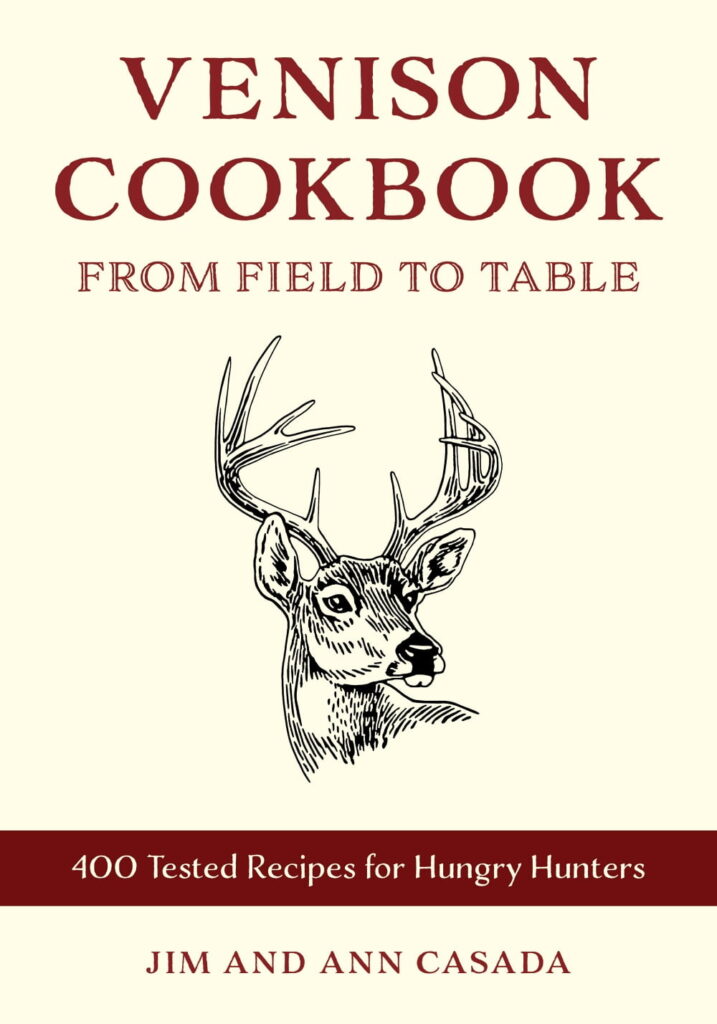
Of course the biggest news on this front is the official release, on September 1, of the simply titled Venison Cookbook: From Field to Table–400 Taste- and Kitchen-Tested Recipes. The work, published by a long-time standard bearer in the world of outdoor writing, Stackpole Books, is an updated version of two cookbooks my late wife, Ann, and I wrote on venison cookery combined into one. We spent endless hours in the kitchen experimenting, trying different approaches, and eating venison twice a day on a pretty regular basis for many months. The challenge, when you are eating the same meat with that frequency, is to find new, novel, and different ways to make it tasty. I think we succeeded and the result was the recipes found in this book. It is available through various on-line sources or, if you would like a signed and inscribed copy, directly from my through my website or by sending a check to Jim Casada, 1250 Yorkdale Drive, Rock Hill, SC 29730. The book is $24.95 +$6 shipping.
RECIPES
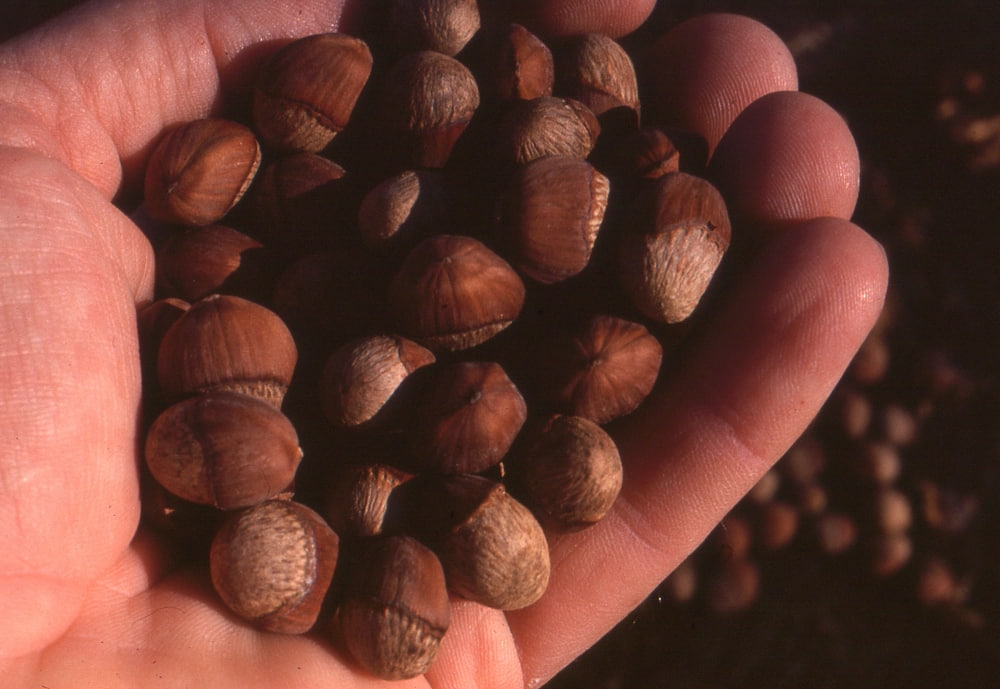
PEAR AND HAZELNUT SALAD
4-6 cups lettuce (old timers often used a fall planting of black-seeded Simpson lettuce)
2 large soft pears (eating pears, not cooking pears)
1 cup toasted, coarsely chopped hazelnuts
3-4 tablespoons mild blue cheese
Arrange greens on salad plates. Sprinkle chopped pears, nuts, and blue cheese atop them. Drizzle with a mild Italian dressing or homemade raspberry vinaigrette. Serves four.
HAZELNUT ORZO
8 ounces orzo
¼ cup butter, softened
1 teaspoon lemon juice
¼ cup finely chopped hazelnuts
Salt and black pepper to taste
Cook orzo according to packaged instructions. Meanwhile, mix softened butter, lemon juice, hazelnuts, and salt and pepper with a fork. Stir the mix into the cooked orzo and serve immediately.
CHOCOLATE-DIPPED HAZELNUTS
1 ounce semisweet chocolate
12 toasted hazelnuts
Melt chocolate in a cup set placed in hot but not boiling water. Dip individual nuts into the chocolate and then remove with a fork. Place on waxed paper and then refrigerate to harden the chocolate.
GREEN BEANS WITH HAZELNUTS
½ cup hazelnuts
½ teaspoon salt
1 pound green beans, strung
4 tablespoons butter (1/2 stick)
1 minced garlic clove
¼ teaspoon freshly ground black pepper
Place hazelnuts in a dry skillet and toast on medium low for about 10 minutes until lightly toasted. If you want to remove the nut skin, wrap toasted nuts in a towel and roll back and forth with your hands until the skins peel off. Chop the nuts.
In a skillet heat 1 inch of water and ½ teaspoon of salt to boiling. Add green beans, cover, and reduce heat to low. Simmer for 5-10 minutes until the beans are tender crisp. Remove and drain the beans. In the same skillet melt butt over medium heat. Add garlic, hazelnuts, and green beans. Sauté to cook garlic. Add pepper and stir it in. Serve immediately.
HAZELNUT SPREAD
½ cup butter, softened
3 ounces cream cheese, softened
1 cup finely chopped hazelnuts (hickory nuts, walnuts, and pecans also work well)
1 tablespoon honey
¼ teaspoon salt or to taste
Cream butter and cheese together. Add finely chopped nuts, honey, and salt. Serve as a spread for bagels, biscuits, banana bread, or crackers.